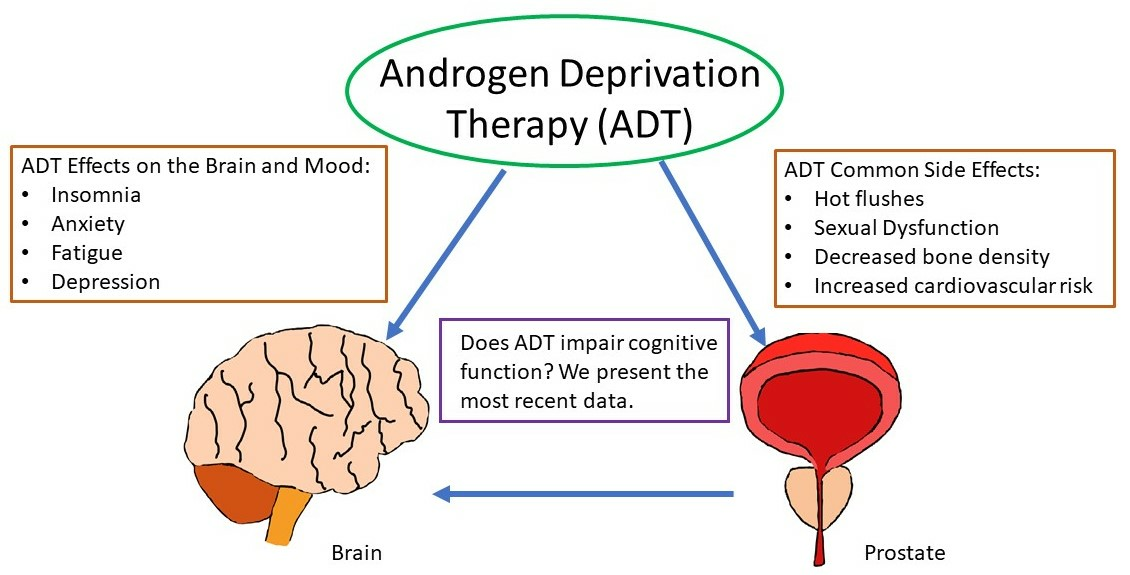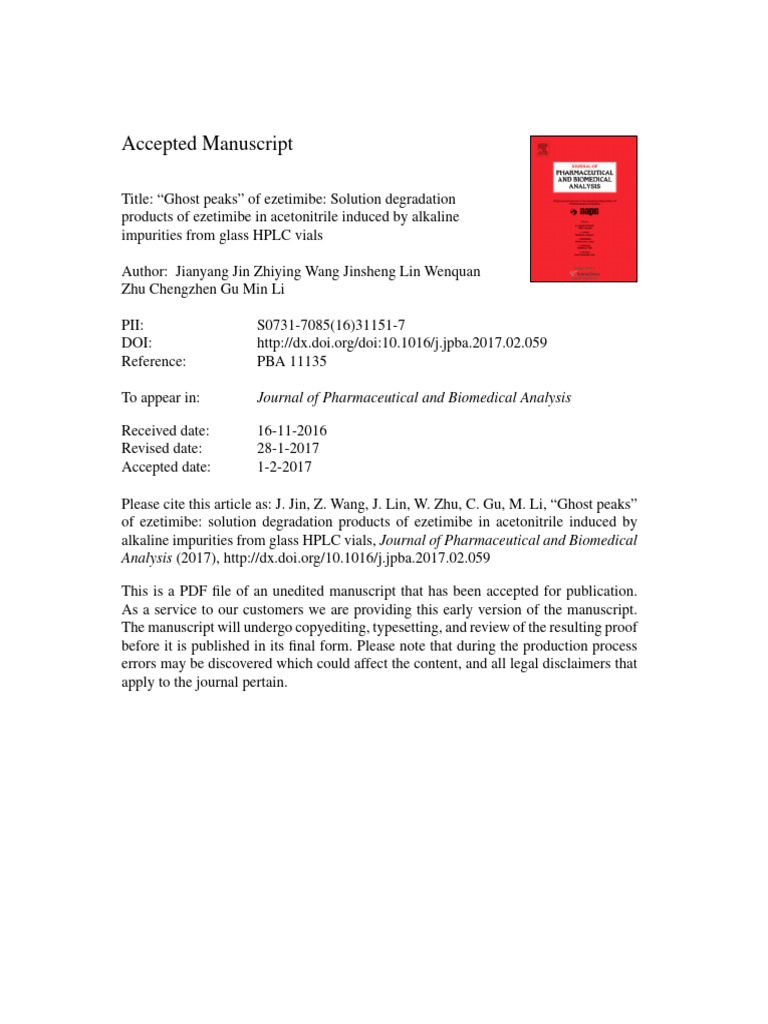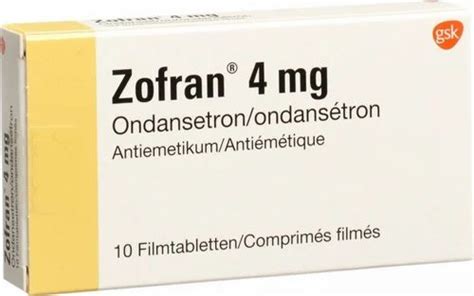Prostate cancer is one of the most common types of cancer affecting men worldwide, and its treatment has evolved significantly over the years. Among the various therapeutic approaches, Androgen Deprivation Therapy (ADT) has emerged as a cornerstone in the management of advanced prostate cancer. ADT, also known as hormone therapy, aims to reduce the levels of male hormones, such as testosterone, which can fuel the growth of prostate cancer cells. This article delves into the intricacies of ADT for prostate cancer, exploring its mechanisms, benefits, side effects, and the future directions in this field.
Mechanism of ADT
Prostate cancer cells are often dependent on androgens (male hormones) for their growth and survival. The primary androgen responsible for this effect is testosterone, which is produced mainly by the testes. ADT works by either reducing the production of testosterone or blocking its effects on prostate cancer cells. This can be achieved through several methods:
- Surgical Castration: This involves the removal of the testes, which are the primary source of testosterone in the body. Though effective, this method is permanent and rarely used today due to the availability of less invasive alternatives.
- Medical Castration: This is achieved through the use of medications called Gonadotropin-Releasing Hormone (GnRH) agonists or antagonists. GnRH agonists initially increase testosterone levels but, with continuous use, downregulate GnRH receptors in the pituitary gland, leading to a decrease in testosterone production. GnRH antagonists, on the other hand, immediately decrease testosterone levels by blocking GnRH receptors.
- Anti-androgens: These drugs block the effects of testosterone on prostate cancer cells. They can be used alone or in combination with GnRH agonists or antagonists.
Benefits of ADT
The primary benefit of ADT is its ability to slow down the growth of prostate cancer cells, thereby reducing the symptoms of the disease and improving the quality of life for patients. ADT is particularly beneficial in the treatment of:
- Advanced Prostate Cancer: For patients with prostate cancer that has spread beyond the prostate gland, ADT can help control the disease and manage symptoms.
- High-Risk Localized Prostate Cancer: In some cases, ADT may be used in combination with radiation therapy to treat prostate cancer that is considered high-risk but has not yet spread.
Side Effects of ADT
While ADT can be an effective treatment for prostate cancer, it is not without side effects. The reduction in testosterone levels can lead to a variety of symptoms, including:
- Hot Flashes: Sudden feelings of warmth, which can be severe.
- Fatigue: Feeling weak or lacking energy.
- Erectile Dysfunction: Difficulty achieving or maintaining an erection.
- Osteoporosis: Weakening of the bones due to decreased bone density.
- Metabolic Changes: Weight gain, increased risk of diabetes, and changes in cholesterol levels.
- Mood Changes: Depression, anxiety, and mood swings.
Managing Side Effects
To mitigate the side effects of ADT, several strategies can be employed:
- Exercise and Diet: Regular physical activity and a healthy diet can help manage weight, improve bone density, and reduce the risk of metabolic changes.
- Medications: Certain medications can help alleviate hot flashes, prevent osteoporosis, and manage other side effects.
- Hormone Replacement Therapy: In some cases, small amounts of testosterone may be given to alleviate severe side effects, though this must be done with caution to avoid fueling cancer growth.
Future Directions
The field of ADT for prostate cancer is evolving, with ongoing research focusing on improving outcomes and reducing side effects. Some of the areas under investigation include:
- Intermittent ADT: This involves cycling on and off ADT to minimize side effects while maintaining its therapeutic benefits.
- Combined Therapies: Using ADT in combination with other treatments, such as chemotherapy, radiation, or newer targeted therapies, to enhance efficacy.
- Personalized Medicine: Tailoring ADT based on individual patient characteristics, such as the presence of specific genetic mutations or markers of resistance to ADT.
Conclusion
ADT remains a cornerstone in the treatment of advanced prostate cancer, offering significant benefits in terms of controlling disease progression and managing symptoms. However, its side effects can be significant, necessitating careful management and consideration of alternative or adjunctive therapies. As research continues to uncover the complexities of prostate cancer and the effects of hormonal manipulation, the future of ADT is likely to involve more personalized, efficient, and tolerable treatment strategies.
What are the primary goals of Androgen Deprivation Therapy (ADT) in prostate cancer treatment?
+The primary goals of ADT are to reduce the levels of male hormones (androgens), such as testosterone, which can fuel the growth of prostate cancer cells, thereby slowing down the disease progression and managing its symptoms.
What are the common side effects of ADT, and how can they be managed?
+Common side effects of ADT include hot flashes, fatigue, erectile dysfunction, osteoporosis, and metabolic changes. These side effects can be managed through a combination of lifestyle modifications (such as exercise and diet), medications, and in some cases, targeted hormone replacement therapy. It’s crucial for patients to discuss their side effects with their healthcare provider to develop a personalized management plan.
Is ADT suitable for all stages of prostate cancer, and what are the criteria for its use?
+ADT is primarily used for advanced prostate cancer that has spread beyond the prostate gland. For earlier stages, such as high-risk localized prostate cancer, ADT may be used in combination with other treatments like radiation therapy. The decision to use ADT depends on various factors, including the stage and aggressiveness of the cancer, the patient’s overall health, and their personal preferences. Consultation with a healthcare provider is essential to determine the most appropriate treatment approach.


